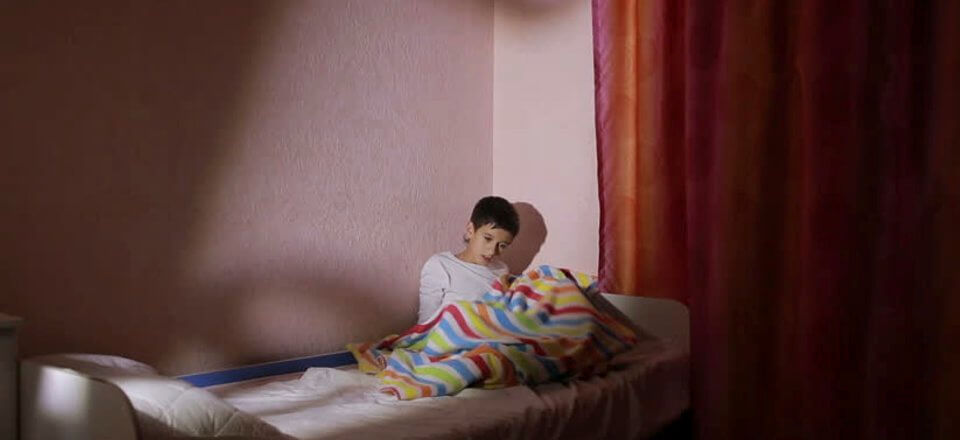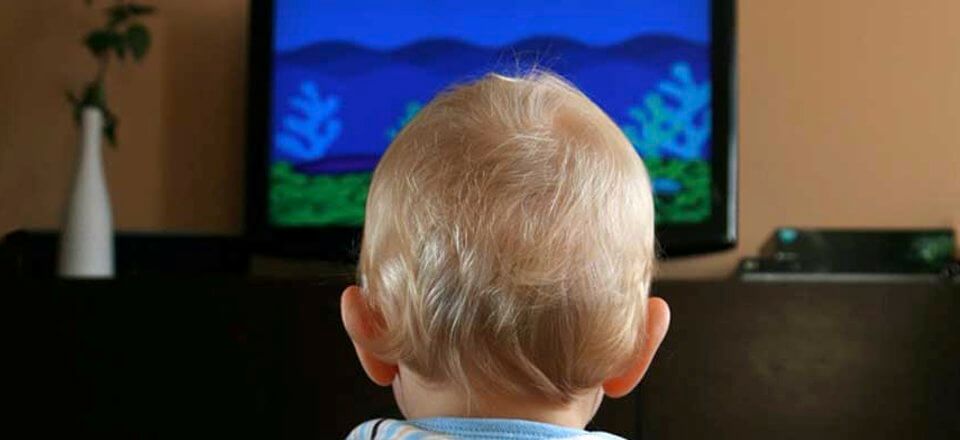
FUN IN THE SUN
Babies under 6 months:
- Avoiding sun exposure and dressing infants in lightweight long pants, long-sleeved shirts, and brimmed hats are still the top recommendations from the AAP to prevent sunburn. However when adequate clothing and shade are not available, parents can apply a minimal amount of sunscreen to small areas, such as the infant’s face and the back of the hands.
For Young Children:
- Apply sunscreen at least 30 minutes before going outside, and use sunscreen even on cloudy days. The SPF should be at least 15.
For Older Children:
- The first, and best, line of defense against the sun is covering up. Wear a hat with a three-inch brim or a bill facing forward, sunglasses (look for sunglasses that block 99-100% of ultraviolet rays), and cotton clothing with a tight weave.
- Stay in the shade whenever possible, and avoid sun exposure during the peak intensity hours – between 10 a.m. and 4 p.m.
- Use a sunscreen with an SPF (sun protection factor) of 15 or greater. Be sure to apply enough sunscreen – about one ounce per sitting for a young adult.
- Reapply sunscreen every two hours, or after swimming or sweating.
HEAT STRESS IN EXERCISING CHILDREN
- The intensity of activities that last 15 minutes or more should be reduced whenever high heat and humidity reach critical levels.
- At the beginning of a strenuous exercise program or after traveling to a warmer climate, the intensity and duration of exercise should be limited initially and then gradually increased during a period of 10 to 14 days to accomplish acclimatization to the heat.
- Before prolonged physical activity, the child should be well-hydrated. During the activity, periodic drinking should be enforced, for example, each 20 minutes, 5 oz of cold tap water or a flavored sports drink for a child weighing 88 lbs., and 9 oz for an adolescent weighing 132 lbs., even if the child does not feel thirsty.
- Clothing should be light-colored and lightweight and limited to one layer of absorbent material to facilitate evaporation of sweat. Sweat-saturated garments should be replaced by dry garments.
POOL SAFETY
- Never leave children alone in or near the pool, even for a moment.
- Install a fence at least four-feet high around all four sides of the pool. The fence should not have openings or protrusions that a young child could use to get over, under, or through the fence.
- Make sure pool gates open out from the pool, and self-close and self-latch at a height children can’t reach.
- Keep rescue equipment (a shepherd’s hook – a long pole with a hook on the end – and life preserver) and a portable telephone near the pool.
- Avoid inflatable swimming aids such as “floaties.” They are not a substitute for approved life vests and can give children a false sense of security.
- Children may not be developmentally ready for swim lessons until after their fourth birthday. Swim programs for children under 4 should not be seen as a way to decrease the risk of drowning.
- Whenever infants or toddlers are in or around water, an adult should be within arm’s length, providing “touch supervision.”
BUG SAFETY
- Don’t use scented soaps, perfumes or hair sprays on your child.
- Avoid areas where insects nest or congregate, such as stagnant pools of water, uncovered foods and gardens where flowers are in bloom.
- Avoid dressing your child in clothing with bright colors or flowery prints.
- To remove a visible stinger from skin, gently scrape it off horizontally with a credit card or your fingernail.
- Insect repellents containing DEET are the most effective.
- The concentration of DEET in products may range from less than 10 percent to over 30 percent. The benefits of DEET reach a peak at a concentration of 30 percent, the maximum concentration currently recommended for infants and children. DEET should not be used on children under 2 months of age.
- The concentration of DEET varies significantly from product to product, so read the label of any product you purchase.
PLAYGROUND SAFETY
- Install and maintain a shock-absorbing surface under and around the play equipment. Use at least 9 inches of wood chips, mulch, or shredded rubber for play equipment up to 7 feet high. If sand or pea gravel is used, install at least a 9-inch layer for play equipment up to 5 feet high.
- Carefully maintain all equipment. Open “s” hooks or protruding bolt ends can be hazardous.
- Swing seats should be made of soft materials such as rubber, plastic or canvas.
- Make sure children cannot reach any moving parts that might pinch or trap any body part.
- Never attach-or allow children to attach-ropes, jump ropes, leashes, or similar items to play equipment; children can strangle on these.
- Make sure metal slides are cool to prevent children’s legs from getting burned.
- Parents should never purchase a home trampoline or allow children to use home trampolines.
- Parents should supervise children on play equipment to make sure they are safe.
BICYCLE SAFETY
- Do not push your child to ride a 2-wheeled bike until he or she is ready, at about age 5 or 6. Consider the child’s coordination and desire to learn to ride. Stick with coaster (foot) brakes until your child is older and more experienced for hand brakes.
- Take your child with you when you shop for the bike, so that he or she can try it out. The value of a properly fitting bike far outweighs the value of surprising your child with a new bike.
- Buy a bike that is the right size, not one your child has to “grow into.” Oversized bikes are especially dangerous.
- Your child needs to wear a helmet on every bike ride, no matter how short or how close to home. Many accidents happen in driveways, on sidewalks, and on bike paths, not just on streets. Children learn best by observing you. Whenever you ride your bike, put on your helmet.
- When purchasing a helmet, look for a label or sticker that says the helmet meets the CPSC safety standard.
- A helmet protects your child from serious injury, and should always be worn. And remember, wearing a helmet at all times helps children develop the helmet habit.
- A helmet should be worn so that it is level on the head, not tipped forwards or backwards. The strap should be securely fastened, and you should not be able to move the helmet in any direction. If needed, the helmet’s sizing pads can help improve the fit.
SKATEBOARD AND SCOOTER SAFETY
- Children should never ride skateboards or scooters in or near traffic.
- All skateboarders and scooter-riders should wear a helmet and other protective gear.
- Communities should continue to develop skateboard parks, which are more likely to be monitored for safety than ramps and jumps constructed by children at home.
LAWN MOWER SAFETY
- Try to use a mower with a control that stops the mower from moving forward if the handle is let go.
- Children younger than 16 years should not be allowed to use ride-on mowers. Children younger than 12 years should not use walk-behind mowers.
- Make sure that sturdy shoes (not sandals or sneakers) are worn while mowing.
- Prevent injuries from flying objects, such as stones or toys, by picking up objects from the lawn before mowing begins. Have anyone who uses a mower wear hearing and eye protection.
- Do not pull the mower backward or mow in reverse unless absolutely necessary, and carefully look for children behind you when you mow in reverse.
- Always turn off the mower and wait for the blades to stop completely before removing the grass catcher, unclogging the discharge chute, or crossing gravel paths, roads, or other areas.
- Do not allow children to ride as passengers on ride-on mowers.









